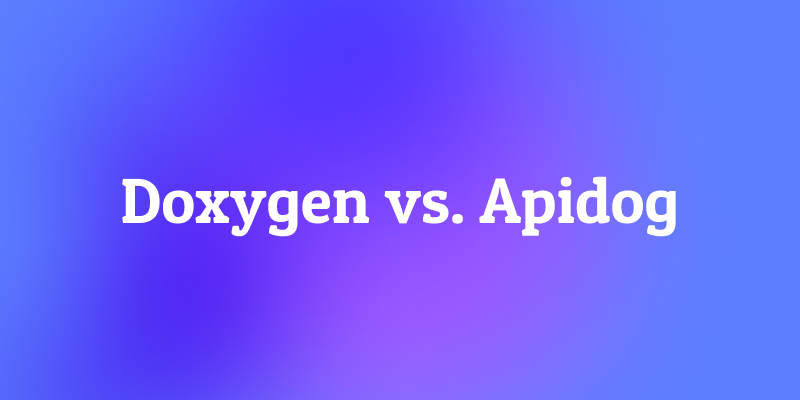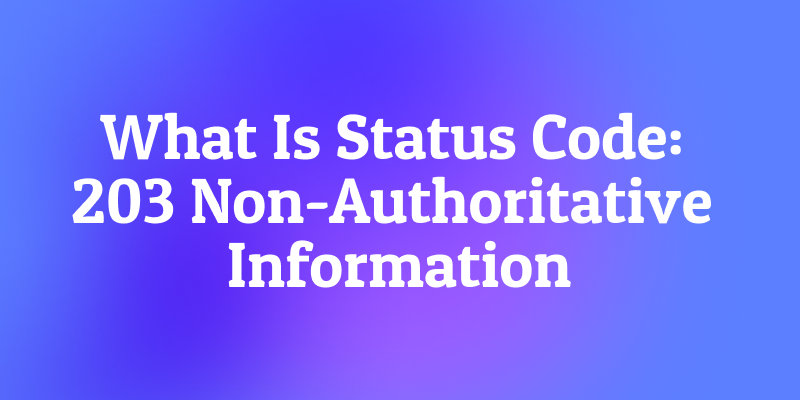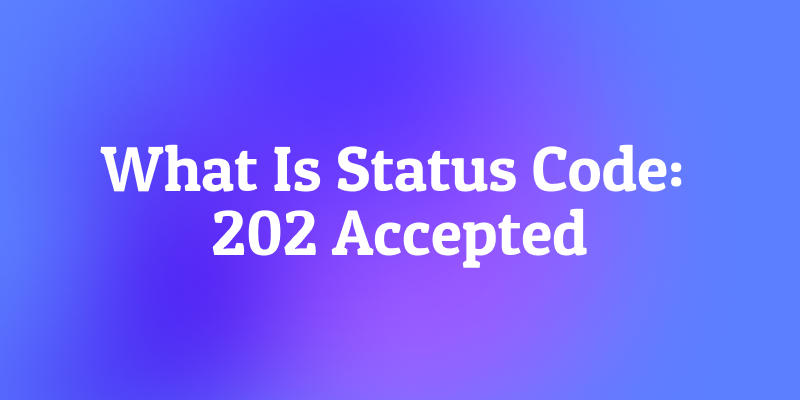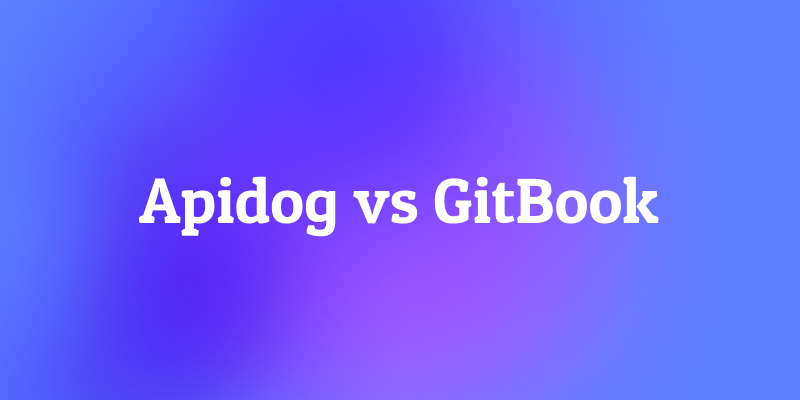Let me ask you something real quick: when was the last time you had to document an API… and ended up staring at a blank screen for 47 minutes while your coffee went cold?
You're trying to do the right thing: create great documentation. You want your code to be understandable and your APIs to be clear and easy to use. In your search for the right tool, you've likely encountered two very different-sounding names: Doxygen, a legend in the world of software development, and Apidog, a rising star in the API ecosystem.
At first, you might think they're competitors. But that's like comparing an industrial-grade printing press to a modern, all-in-one publishing studio. They both deal with "documentation," but they operate at completely different levels of abstraction and serve vastly different primary purposes.
Choosing between them isn't about which one is "better"; it's about understanding what kind of documentation you need to produce and for whom.
But here's the thing: while both tools focus on documentation, they come from very different philosophies. Doxygen is a classic tool that has been around for decades, while Apidog is a modern platform designed for the entire API lifecycle.
So, the big question is: "Doxygen vs. Apidog: Which should I choose for my team or project?" On the surface, they both promise to generate documentation. But beneath that similarity, they're from different worlds.
In this post, we're going deep no fluff, no marketing buzzwords, just a real, honest breakdown of Doxygen vs Apidog.
Now, let's demystify these two tools, explore their strengths, and help you determine which one or which combination is right for your project.
Why Documentation Tools Matter
Think about it, when was the last time you integrated an API without looking at its documentation? Probably never.
Good documentation isn't just a nice-to-have; it's essential. It helps:
- Developers onboard faster.
- Teams avoid repetitive support questions.
- Businesses improve adoption rates.
In today's API-driven world, your documentation is your first impression. This makes choosing the right tool absolutely crucial.
The Core Philosophical Divide: Audience and Scope
The most important distinction lies in their fundamental reason for existing.
- Doxygen is a code documentation generator. Its primary audience is developers reading the source code. It answers the question: "How does this function, class, or variable work internally?". Its goal is to make your inline comments visible in structured HTML or PDF.
- Apidog is an API design, testing, and documentation platform. Its primary audience is API consumers (both internal and external developers). It answers the question: "How do I use this API to get the data I need?"
If your focus is on documenting code for developers, Doxygen might be enough. But if you're working with APIs that need testing, mocking, and collaboration, Apidog is the stronger choice. Doxygen documents the implementation. Apidog documents the APIs.
A Deep Dive into Doxygen: The Code Archaeologist

Doxygen is an open-source, veteran tool that has been around for decades. It's the go-to solution for generating technical documentation directly from your source code. Doxygen is excellent for generating static reference docs, but doesn't go beyond that.
How Doxygen Works: The Code-First Approach
Doxygen operates on a code-first philosophy. The process is straightforward:
Annotate Your Code: You write special comments directly above your classes, functions, parameters, and variables. These comments use a specific syntax (Javadoc-style).
/**
* @brief Calculates the sum of two integers.
*
* This function takes two integer parameters and returns their arithmetic sum.
*
* @param a The first integer to add.
* @param b The second integer to add.
* @return int The sum of `a` and `b`.
*/
int add(int a, int b) {
return a + b;
}
Run the Doxygen Tool: You create a configuration file (Doxyfile) and run the doxygen command in your terminal.
Generate Output: Doxygen parses your source code, extracts the comments, and generates documentation in various formats (HTML, PDF, LaTeX, RTF, etc.). The output includes detailed cross-referenced information: call graphs, inheritance diagrams, file lists, and more.
Key Features and Strengths of Doxygen
- Language Agnosticism: Its superpower. Doxygen supports a massive list of languages, including C++, C, Java, Python, PHP, C#, and even Fortran and VHDL. This makes it invaluable for large, polyglot projects.
- Deep Technical Insight: It generates documentation that is incredibly valuable for developers who need to understand the codebase's internals things like data structures, inheritance hierarchies, and file dependencies.
- Diagrams and Graphs: It can generate call graphs and class inheritance diagrams (using Graphviz), providing a visual representation of your code's structure.
- Open Source and Free: There is no cost associated with using Doxygen.
Limitations of Doxygen for API Documentation
- It Documents Implementation, not API Contracts: Doxygen is fantastic for explaining the
add()function inside your program. It's not designed to document the HTTP API endpointPOST /api/v1/calculatethat your program exposes. These are related but distinct concepts. - Cluttered Code: Extensive documentation comments can make the source code itself verbose and harder to read for some developers.
- No Runtime Context: It has no concept of HTTP methods, status codes, headers, or authentication. You can try to force it with special tags, but it's a square peg in a round hole.
- No Testing or Mocking: It is purely a documentation generator. It doesn't help you test your APIs or create mock servers.
A Deep Dive into Apidog: The API Workflow Orchestrator

Apidog is a modern, integrated platform built for the age of web APIs. It embraces a design-first or API-first philosophy. Essentially, Apidog is for teams that want modern, collaborative workflows rather than static reference docs.
How Apidog Works: The Contract-First Approach
Apidog manages the entire journey of the API development:
- API Design: You design your API endpoints in a visual editor. You define the URL paths, HTTP methods, request/response bodies (in JSON Schema), headers, and authentication methods. This design is the contract.
- API Collaborate: Your team (frontend, backend, QA) can review and comment on the API design before a single line of backend code is written.
- API Mock: Apidog instantly generates a live mock server from your API design. Frontend developers can start coding their UI against realistic API responses immediately.
- API Test & Debug: You use Apidog's powerful client to test your real API during development. You can build test suites, write automated scripts, and validate responses.
- API Document: Apidog automatically generates beautiful, interactive, and always-up-to-date API documentation from your design. This documentation is designed for consumers of your API.
Key Features and Strengths of Apidog
- API-First Focus: It's built from the ground up for REST, GraphQL, WebSocket, and other web API paradigms.
- Integrated Workflow: It combines the functionality of several tools (a design tool like Stoplight, a testing tool like Postman, a mocking tool, and a docs tool like Swagger UI) into one seamless platform.
- Consumer-Facing Documentation: Generates docs specifically for API consumers, complete with interactive "Try it out" features.
- Powerful Testing: Allows for manual and automated testing of API endpoints, complete with environments, variables, and scripting.
- Team Collaboration: Built-in features for sharing, commenting, and managing API projects across entire teams.
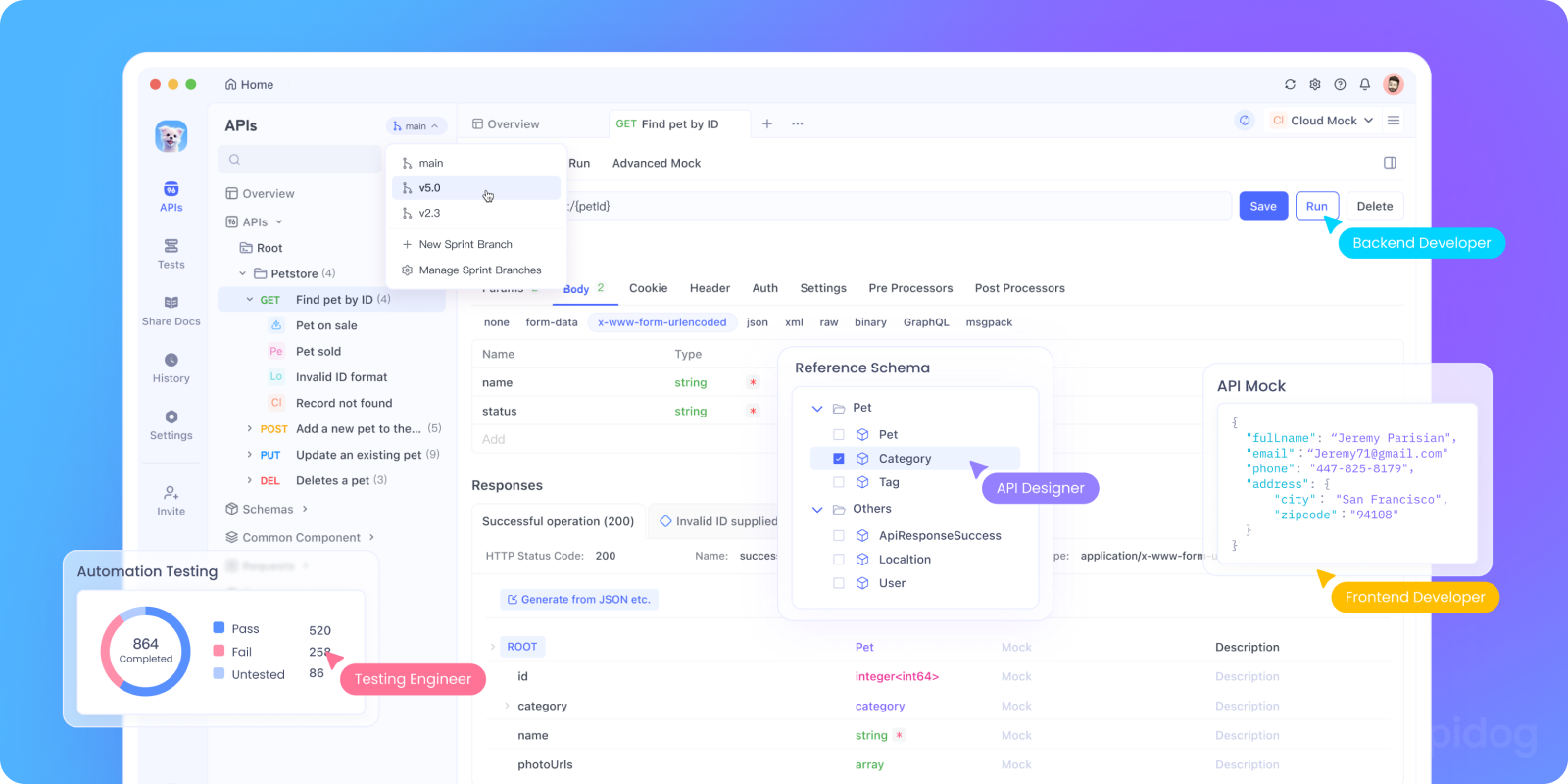
Considerations for Apidog
- Scope: It is not designed for generating general-purpose code documentation for non-API languages like C++ or Fortran.
- Commercial Product: It operates on a freemium model. While its free plan is robust, advanced team and enterprise features require a paid subscription.
Security, Hosting, and Compliance
Another area where Apidog wins hands-down.
Doxygen generates static files. That means:
- If you host it on GitHub Pages, anyone with the link can access it
- No authentication
- No audit logs
- No compliance controls
For internal APIs? Risky. For public APIs? Fine unless you're in healthcare, finance, or government. Apidog offers:
- Private documentation spaces
- SSO via SAML/OAuth (Google, Azure AD, Okta)
- Role-based access (Viewer, Editor, Admin)
- Audit trails (who changed what and when)
- GDPR-compliant hosting (EU servers available)
- Custom domains with SSL certificates
You can even require users to log in to view your docs, perfect for enterprise clients.
Doxygen? You'd have to layer on nginx auth, custom scripts, and hope nothing breaks. Apidog? Built-in from day one.
Pricing: Free vs. Forever (Literally)
Here's the kicker. Doxygen is free. Open source. MIT licensed. Apidog? Also free.
Yes. You read that right. Apidog has a generous free tier unlimited projects, unlimited collaborators, full API mocking, live docs, Postman import, GitHub sync… everything. No paywall. No feature lock. Want to upgrade? Their paid plans ($15/user/month) unlock advanced features like custom branding, priority support, and team analytics. But for 95% of teams? The free plan is more than enough. Compare that to other tools:
- SwaggerHub: $120+/month
- ReadMe.io: Starts at $49/month
Apidog gives you enterprise-grade features for free. And if you're a startup, freelancer, or indie hacker? That's life-changing. You don't need to convince your boss to approve a budget. You just sign up. Start building.
No friction. No waiting. Just docs.
Side-by-Side Comparison: A Practical Breakdown
| Feature | Doxygen | Apidog |
|---|---|---|
| Primary Purpose | Internal Code Documentation | API Design, Testing, and Documentation |
| Core Audience | Developers working on the source code | Developers consuming the HTTP API |
| Workflow | Code-First | Design-First, API-First |
| Output | Technical reference manuals (HTML, PDF) | Interactive API documentation portals |
| API Testing | ❌ | ✅ (Full-featured: suites, automation, CI/CD) |
| Mock Server | ❌ | ✅ (Instant, based on API design) |
| Language Support | ✅ (C++, C, Java, Python, etc.) | ✅ (HTTP, REST, GraphQL, WebSocket) |
| Collaboration | ❌ (Via code reviews/SCM) | ✅ (Real-time, in-app, with comments & roles) |
| Diagrams | ✅ (Call graphs, inheritance diagrams) | ✅ (API dependency graphs, sometimes) |
| Price | Free (Open Source) | Freemium (Free plan + paid tiers) |
Performance, Scalability, and Maintenance Overhead
Let's talk about the hidden costs.
Doxygen: High Maintenance, Low ROI
- You need to install it on every dev machine (or CI server)
- You need to maintain a
Doxyfileconfig dozens of options, cryptic syntax - You need to version control the generated HTML output (ugh)
- You need to host it somewhere usually on a private server or GitHub Pages
- Updating docs means rebuilding everything even if you changed one comment
- Debugging broken links? Good luck.
And if you have 50 microservices? Each with their own Doxygen setup? Welcome to configuration hell.
Apidog: Zero Setup, Infinite Scale
- Sign up. Log in.
- Import your API.
- Done.
No installs. No configs. No builds. Apidog is cloud-native. It scales with your team. Whether you have 1 API or 100, the interface stays the same. You can organize APIs into workspaces. Assign roles. Set permissions. Audit changes. And if you're on a team? You get unlimited collaborators.
Which Tool Is Right For You?
The choice isn't mutually exclusive. Many projects benefit from using both tools for their intended purposes.
When to Reach for Doxygen:
- You are developing a library, framework, or SDK in languages like C++, C, or Java, and you need to generate technical API references for developers who will import your code.
- Your project is not primarily a web service but an application, game, or system tool where the "API" is the set of public functions and classes.
- You need to generate deep technical diagrams, like call graphs to understand code complexity.
- Your primary goal is to document the internal implementation details for future maintainers of the codebase.
Think of Doxygen as your tool for "archaeological" documentation, documenting what already exists in the code.
When to Reach for Apidog:
- You are building web services, microservices, or any kind of HTTP-based API (REST, GraphQL).
- You want to adopt a design-first approach to ensure a better API contract.
- You need to enable parallel work between frontend and backend teams using mock servers.
- You want to test your APIs thoroughly and potentially automate those tests.
- You need to create clear, interactive documentation for external partners or third-party developers who will consume your API.
Think of Apidog as your tool for "architectural" documentation designing and documenting the contract before and during development.
Real-World Use Cases: When Doxygen Shines (and When It Doesn’t)
Let's get practical.
When Doxygen Is the Right Choice
Doxygen still has its place. Don't throw it out yet.
Case 1: Legacy C/C++ Libraries
Say you’re maintaining a high-performance graphics engine written in C++. Thousands of lines of code. Complex templated classes. Function pointers everywhere.
You need to document how Renderer::renderScene() interacts with Camera::getProjectionMatrix(), and how VertexBuffer inherits from Resource.
Doxygen handles this elegantly. It generates call graphs, dependency diagrams, and even lets you link to external references. For a team of senior C++ engineers working on low-level systems? Doxygen is perfect.
Case 2: Academic or Research Codebases
Universities, labs, and research groups often publish open-source scientific software MATLAB scripts, numerical solvers, physics simulations. These are rarely APIs. They’re libraries. And the audience is other researchers who need to understand the underlying algorithms.
Doxygen's ability to trace variable flow, annotate mathematical formulas, and link to source lines makes it invaluable here.
Case 3: Internal Tools with Heavy Object-Oriented Architecture
Some enterprise Java or C# applications have massive class hierarchies Spring Boot services, enterprise ESBs, legacy ERP modules. If your team is constantly navigating 200+ classes and wants to understand relationships between components, Doxygen’s class diagrams and inheritance trees are unmatched.
When Doxygen Fails Miserably
Now, let’s talk about the scenarios where Doxygen becomes a liability.
Scenario 1: You're Building a Public REST API
Your startup just launched a public API for developers to fetch weather data.
You've got endpoints like:
GET /v1/weather/{city}POST /v1/subscriptionsDELETE /v1/users/{id}
You want documentation that shows:
- Required headers (
Authorization: Bearer xxx) - Query parameters (
?units=metric) - Rate limits
- Error responses
- Sample responses in JSON
Doxygen? Can't do it natively. You'd have to:
- Write a wrapper script that converts your REST routes into fake C++ functions
- Embed OpenAPI-style comments inside those pseudo-functions
- Configure Doxygen to ignore actual code and focus on your fake annotations
- Hope the generated HTML doesn’t break on mobile
Or… you could just use Apidog.
Import your OpenAPI YAML file → click "Generate Docs" → done.
In 2 minutes, you've got professional docs with search, dark mode, code snippets, and live testing. Which sounds better to your customers?
Scenario 2: Your Team Uses Postman
Most teams I know don't write OpenAPI specs by hand. They build requests in Postman, save them as collections, and then… forget about documentation. Doxygen can't import Postman collections. Apidog can in one click.
You export your Postman collection as JSON, drag it into Apidog, and instantly get:
- Fully parsed endpoints
- Headers, params, body schemas
- Auth methods detected
- Environment variables preserved
- Interactive docs live in seconds
No more "I'll update the docs later." Now, every change in Postman auto-syncs to your docs.
Scenario 3: You Have Remote or Non-Technical Stakeholders
Remember that meeting where Product asked, "Can we add a filter for location in the user list endpoint?" And you replied, "Uh… yeah, it’s in the /users endpoint with a location query param." And then they said, "Show me." You opened Doxygen. They stared. Silence. Then: "Is this… a C++ thing?" Doxygen docs are useless for PMs, designers, QA testers, or clients.
Apidog? You share a link. They click "Try It." They see the response. They understand. No training required.
The Documentation Workflow: A Day in the Life
Let's walk through a typical day for two teams, one using Doxygen, one using Apidog.
Team A: Using Doxygen
Morning 9:00 AM
Backend engineer updates the UserAuthService.java file. Adds a new endpoint: /api/v2/login with JWT refresh tokens.
10:30 AM
They run doxygen Doxyfile locally. Wait 4 minutes. Open HTML file. Notice the formatting is broken on mobile.
11:00 AM
They push the updated HTML to the company wiki. Add a note: “Docs updated please check.”
12:00 PM
Frontend dev opens the docs. Sees the endpoint. Tries it. Gets a 500 error because the backend forgot to update the auth middleware. They message the backend dev: “Why am I getting 500? Docs say it should work.” Backend dev checks the code oh right, they forgot to deploy the new config.
2:00 PM
They update the code. Forgot to regenerate docs.
3:00 PM
QA runs tests. Fails. Logs ticket: “Login endpoint not documented correctly.”
4:00 PM
Backlog grows. Docs are out of sync. Trust erodes.
“We stopped trusting the docs after the third time they were wrong.”
Team B: Using Apidog
9:00 AM
Backend engineer adds the new /api/v2/login endpoint in Postman.
Adds description:
“Authenticates user and returns access and refresh tokens. Requires Content-Type: application/json.”
Saves to collection.
9:05 AM
They go to Apidog. Click "Import from Postman."
Done.
9:06 AM
Apidog auto-generates:
- Endpoint:
POST /api/v2/login - Request Body Schema (with sample)
- Expected Responses (200, 400, 401, 500)
- Headers required
- Example cURL and JavaScript snippets
- "Try It" button enabled
9:07 AM
They click "Publish Docs."
Link shared: docs.yourcompany.com/api
9:08 AM
Frontend dev opens the link. Clicks "Try It." Sends request. Gets success response.
Uses the provided code snippet. Works on first try.
9:10 AM
Product manager sees the new endpoint in the docs. Says: "Nice! Let’s update the mobile app."
10:00 AM
Backend engineer pushes a change to the schema adds expires_in field. Apidog auto-detects the change. Updates docs. No manual steps. No forgotten regenerations.
End of day: Docs are always accurate. Everyone's happy.
There's no friction. No blame. Just progress.
The Winning Combination: Using Both Together
A sophisticated project, like a large C++ backend service with a REST API, would use both tools expertly:
- Use Apidog to design, document, and test the external REST API (
GET /api/users). - Use Doxygen to document the internal C++ code that implements that API the
UserControllerclass, theDatabaseService, and theUsermodel.
They document different layers of the same stack, and they do it brilliantly.
Conclusion: Different Tools for Different Layers
Let me leave you with this. Your API documentation isn't a footnote. It's your product's front door. Customers don't care how elegant your code is. They care if they can understand your API in 5 minutes. If your docs are confusing, outdated, or inaccessible, you're turning away users. The Doxygen vs. Apidog debate is based on a false premise. They are not direct competitors. They are specialized tools that excel in their respective domains.
- Doxygen is a timeless, indispensable tool for code-level documentation. It is the undisputed champion for generating technical references from source code across a plethora of languages.
- Apidog is a modern, powerful platform for API-level workflow. It is the leading solution for teams that want to streamline the design, testing, and documentation of their web APIs.
You don't choose between them; you choose when to use them. For documenting the intricate internals of your codebase, Doxygen remains a powerful and essential choice. For designing, testing, and documenting the HTTP interfaces that power modern applications, Apidog offers an unparalleled, integrated experience that can accelerate your entire team's workflow. Doxygen might make you feel smart for knowing how to write @param tags. But Apidog makes your users feel smart for being able to use your API.
But here's the truth: every hour you spend struggling with Doxygen is an hour stolen from building real value. Apidog cuts documentation time by 80%. It’s free, it's easy, it's powerful and it's built by developers for developers.
For API developers looking to bring clarity, efficiency, and collaboration to their process. Ready to simplify your workflow? Downloading Apidog for free is the first step toward a more modern and productive workflow and see why so many developers and teams are making the switch.
